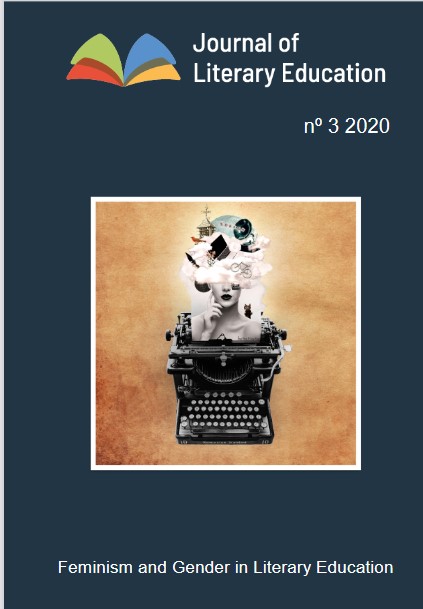Socio-cultural Positioning of Age Identities in Picturebooks
DOI:
https://doi.org/10.7203/JLE.3.17415 Abstract
Abstract
This study explores literal and metaphorical narrations of age by looking closely at two picturebooks published at the turn of the twenty-first century. The evolutionary Western understanding of the child, childhood and children’s literature is briefly periodized as a tension between pragmatic and philosophical concerns. Representations of age are taken to be embedded in socio-cultural positions that implicate historical periods, geographic locations, and economic structures. Ethnicity and gender are similarly discussed as immanent features. Age is presented as much a biological phenomenon as a performative social act of a given culture. The ideas, feelings and events depicted in each picturebook are approached from a structuralist and a postmodernist perspective with the aim of providing a complementary analysis of child representations in alignment with the adult presence, and not necessarily through the lens of aetonomativity. My analysis points to possible applications of the design of age narrations to current and future literacies.
 Downloads
Downloads
Downloads
Published
-
Abstract488
-
PDF377
Issue
Section
License
![]()
This work is licensed under a Creative Commons Attribution-NonCommercial-NoDerivatives 4.0 International License.
Authors who publish with this journal agree to the following terms: Authors retain copyright and grant the journal right of first publication with the work simultaneously licensed under a Creative Commons Attribution License that allows others to share the work with an acknowledgement of the work's authorship and initial publication in this journal. Authors are able to enter into separate, additional contractual arrangements for the non-exclusive distribution of the journal's published version of the work (e.g., post it to an institutional repository or publish it in a book), with an acknowledgement of its initial publication in this journal. Authors are permitted and encouraged to post their work online (e.g., in institutional repositories or on their website) prior to and during the submission process, as it can lead to productive exchanges, as well as earlier and greater citation of published work (See The Effect of Open Access).



